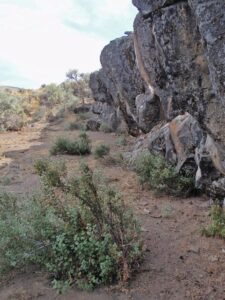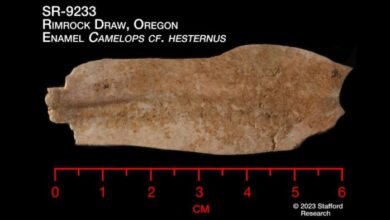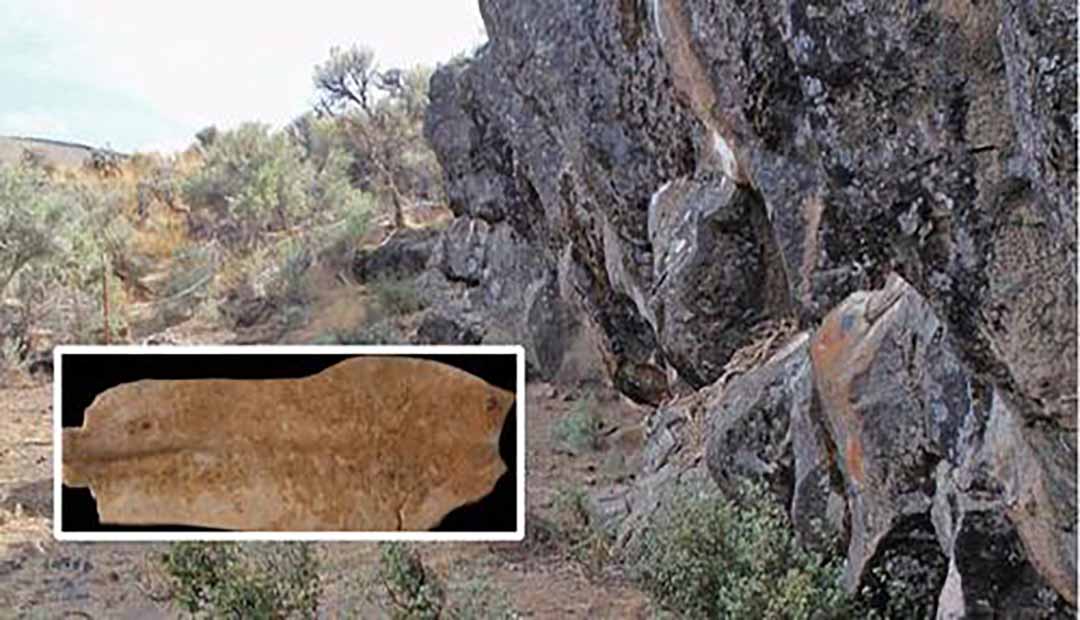18,000-Year-Old Relics Discovered In Oregon – Oldest Home In North America?
Archaeologists from the University of Oregon may have discovered remnants from the oldest human settlement in North America at the Rimrock Draw Rockshelter.
Where and when the first people appeared in North America is a debated subject many cannot agree on.
It has previously been said the oldest house in North America is located in Ohio. Paleoindians used the 12,500-year-old dwelling during the Ice Age. However, a new discovery made in Oregon gives us reason to investigate other locations when searching for clues shedding light on our ancient ancestors.
Oregon archaeologists have found evidence suggesting humans occupied the Rimrock Draw Rockshelter outside of Riley, Oregon, more than 18,000 years ago.

University of Oregon’s Museum of Natural and Cultural History Archaeological Field School, led by archaeologist Patrick O’Grady, has been excavating at the Rimrock Draw Rockshelter. Excavation has been occurring since 2011 under an official partnership agreement with the Bureau of Land Management.
Discoveries at the site have included stone tools and extinct-mammal tooth fragments from the Pleistocene era. The pieces of tooth enamel are identified as bison (Bison sp.) and camel (Camelops sp.).
In 2012, O’Grady’s team found camel teeth fragments under a layer of volcanic ash from an eruption of Mount St. Helens that was dated over 15,000 years ago. The team also uncovered two finely crafted orange agate scrapers, one in 2012 with preserved bison blood residue and another in 2015, buried deeper in the ash. The natural layering of the rock shelter sediments suggests the scrapers are older than both the volcanic ash and camel teeth.
Radiocarbon-dating analysis on the tooth enamel – first in 2018 and then again in 2023 – by Dr. Thomas W. Stafford, Jr. of Stafford Research and Dr. John Southon of the University of California, Irvine, yielded exciting results: a date of 18,250 years before present (14,900 radiocarbon years).
That date, in association with stone tools, suggests that Rimrock Draw Rockshelter is one of the oldest human occupation sites in North America.
Additional testing of other camel and bison teeth fragments is currently underway, and archaeo-botanists are studying plant remains from cooking fires as well.
“The identification of 15,000-years-old volcanic ash was a shock, then Tom’s 18,000-years-old dates on the enamel, with stone tools and flakes below, were even more startling,” O’Grady said in a press statement.
Presently, Cooper’s Ferry, another archaeological site on BLM-managed public lands in western Idaho, is thought to be the oldest known site in western North America. Evidence there suggests human occupation dating back more than 16,000 years.

Part of the camel tooth recently dated to over 18,000 years old. Credit: Stafford Research
“This is a very exciting development for the archaeological community,” said Heather Ulrich, BLM Oregon/Washington Archaeology lead. “Thanks to the partnership with Dr. O’Grady and the University these new dates push our archaeological knowledge of human occupation in North America even further, perhaps the oldest yet!”
These discoveries highlight the importance of good stewardship of our public lands. Damage, destruction, or removal at an archaeological site is a federal crime. Leave what you find, and do not collect artifacts or otherwise harm archaeological sites on public lands.
This summer, Dr. O’Grady plans to complete the final archaeology field school at Rimrock Draw. The team will be working on several units where more Ice Age animal remains, and artifacts are providing supporting evidence for the 2012 discoveries.




